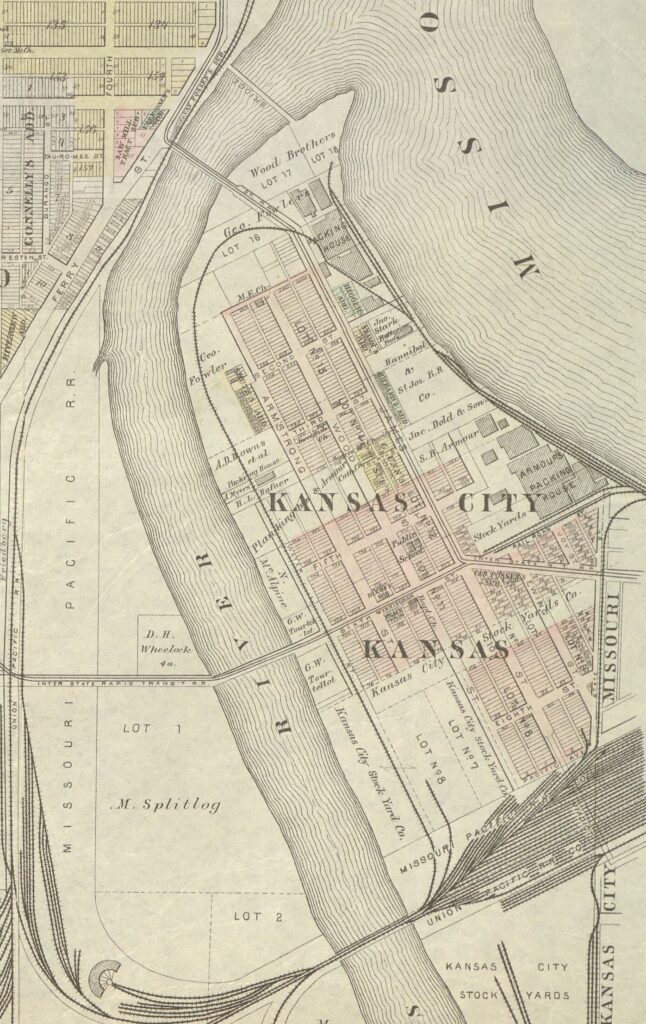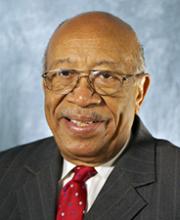
The Wyandotte County Museum is featuring a new exhibit in celebration of the 150th anniversary of Kansas City, Kansas.
On Oct 22, 1872, Kansas City, Kansas, was formally incorporated, but at that time it was far from the Kansas City, Kansas, of today.
“The Original Kansas City, Kansas,” exhibit will feature a series of early maps, facts and images from the city’s earliest years. It will provide visitors with a glimpse of several important stories related to the city’s early development and growth.
“The Original Kansas City, Kansas” exhibit will be on display at the Wyandotte County Museum from Oct. 1 until Feb. 18, 2023. The Wyandotte County Museum, 621 N. 126th St., Bonner Springs, will be open from 9 a.m. to 4 p.m. Monday through Saturday. There is no charge for admission.
After the Louisiana Purchase, the federal government reserved the land on the western portion of the bottoms for a potential fort, preventing it from becoming part of Missouri, according to museum officials. This land was later given to the Wyandots as “floats,” but several non-tribal families continued to “squat” on this land. An uneasy compromise was reached in 1858.
The Kansas City, Kansas, Town Company was formed in 1868, by Wyandot Chief Silas Armstrong, David E. James, Dr. George B. Wood, Luther H. Wood, William Weir, Thomas Ewing Jr, T. H. Swope and N. McAlpine.
Kansas City, Kansas was situated north of the old bed of Turkey Creek, east of the Kansas River, south of the Missouri River and bounded on the east by the Missouri state line.
The town was ripe for growth as new waves of immigrants arrived and businesses opened. In the period between 1872 and 1882, the area developed a strong industrial base providing job opportunities for new arrivals. By 1886, Kansas City, Kansas’ population had grown to 3,802 and city consolidation was the first step towards the Kansas City, Kansas, known today.
For more information about this exhibit contact the Wyandotte County Museum at 913-573-5002 or visit www.wycokck.org/wycomuseum. – Information from Wyandotte County Museum

